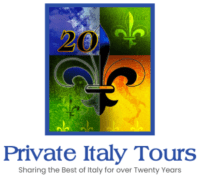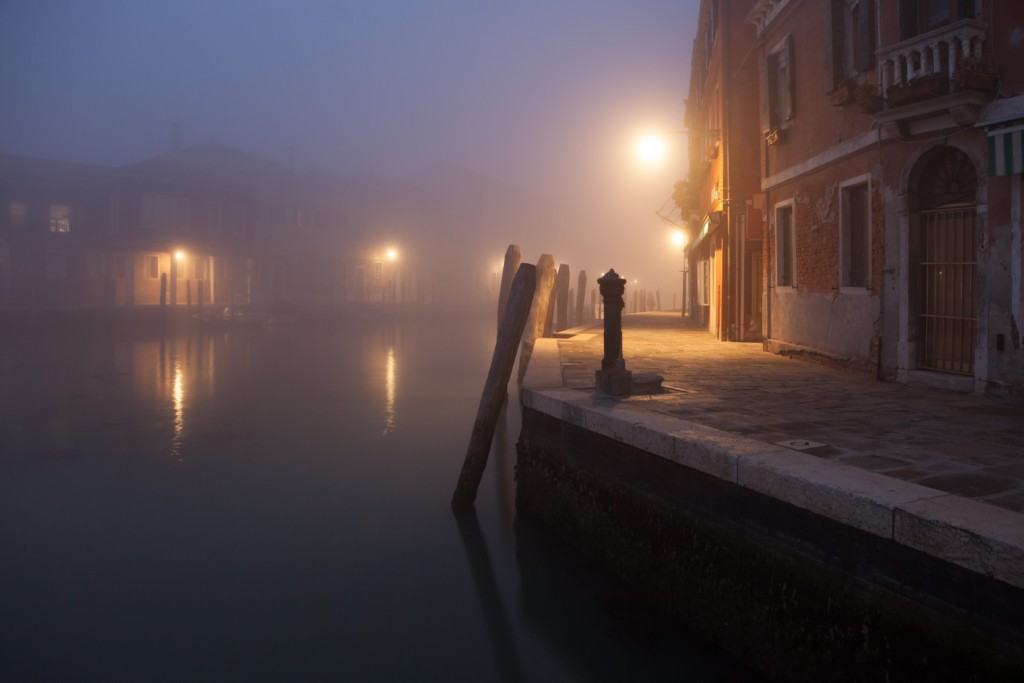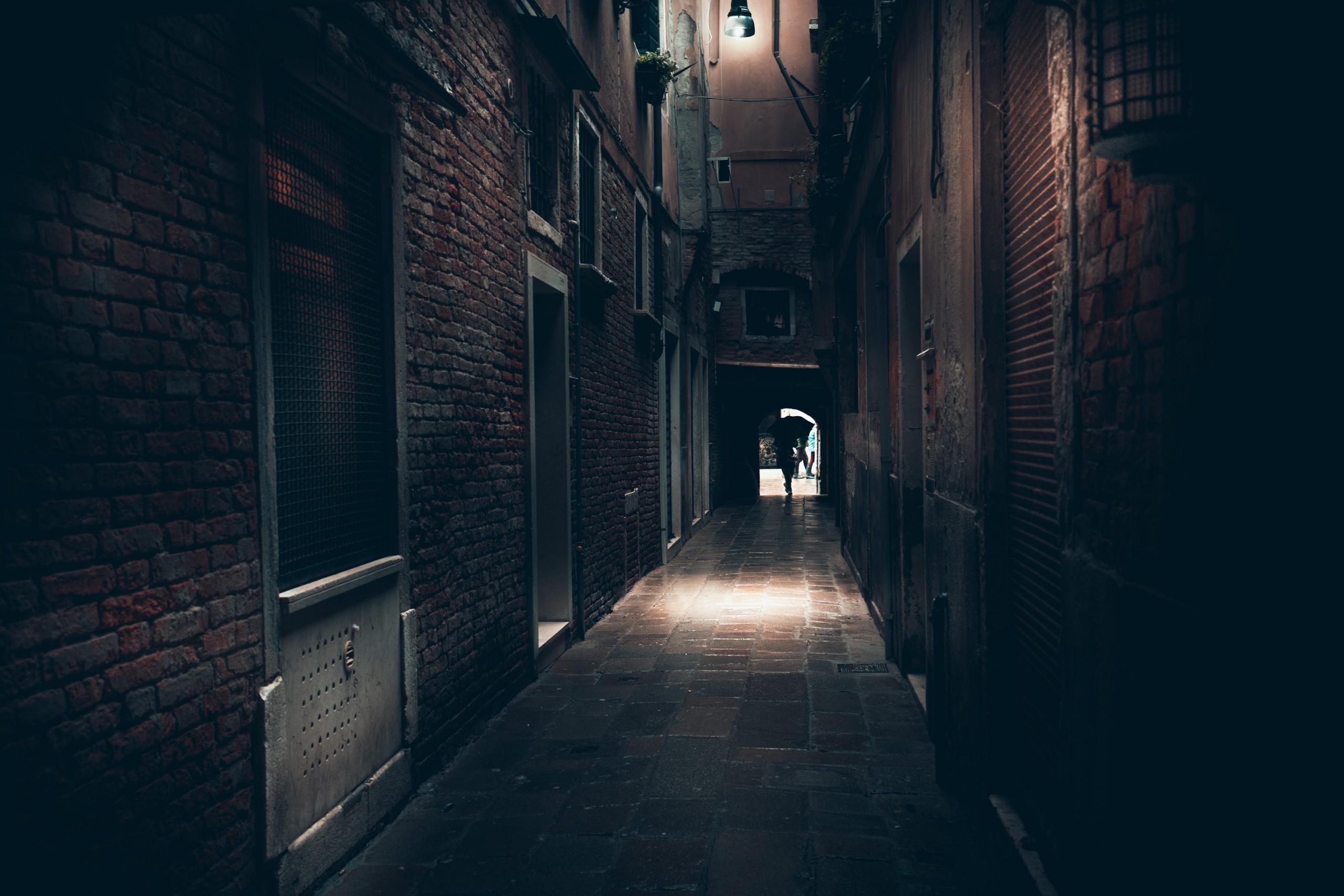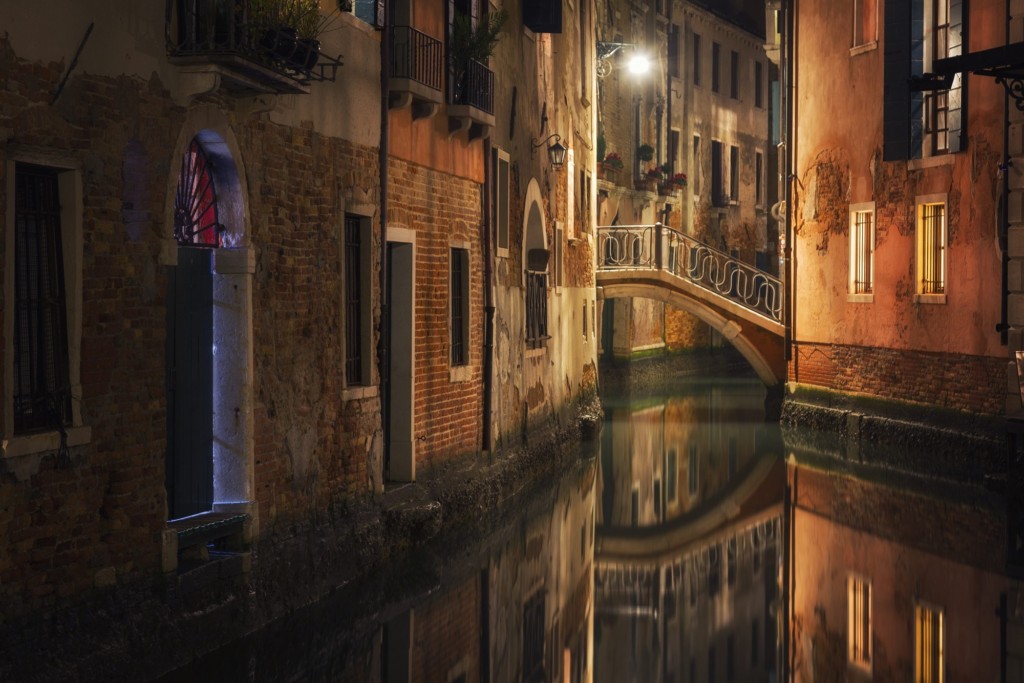Most people cannot name a female composer of the Baroque era in Venice. For me, learning of Barbara Strozzi, the daughter of an intellectual and renowned father — and a member of the Incogniti — came as a welcome surprise. However, mystery shrouds much of her life, not unlike Venice itself.
Beauty of Venice at Night
One of my favorite Sestieri in Venice is Cannaregio, the neighborhood of Strozzi’s birth. From the border of the Castello Sestieri, location of the Basilica of San Giovanni e Paolo, to the Santa Lucia station, this neighborhood encompasses the Jewish Ghetto, the Churches of the Misericordia, and Santa Maria Assunta (called The Jesuit Church). Few promenades provide a more peaceful, romantic, and inspiring evening stroll than the riva (walkway) that lines the lagoon of this area of the city. On quiet evenings, you can see the islands of Murano and San Michele in the near distance. Vaporetti, water taxis, and private boats move slowly along the silky, shimmer of the lagoon. As night settles, yellow-tinted lights reflect from docks, homes, and palazzi across the water.
Residents and visitors alike refer to Venice as a ‘romantic’ city, a word which inspires so many different interpretations. I prefer to describe the city as haunting, historic, ghostly, and inspirational. As I explore the city at night, I often return to the sense of place found in early books by Anne Rice which deeply impressed me: her harbingers of harm, evocation of shadow, dark windows, poorly lit walkways, dark and hidden covered passageways, and odors of decay. It is not that the city invokes fear; instead, Venice contains a profound and perpetual sense of history, of those who walked before.
A Surprising Voice
The male-dominated art world affected the fifty-one years of Barbara’s life. Their combined subjugation of women, of their creative talents, overcame many women of her day who, likely, gave up. However, Barbara persevered. With her father’s intellectual encouragement, she composed inspired music, and her repertoire comprises eight completed opuses as well as several individual pieces. Her adult voice was renowned in Northern Italy for its clarity and purity, and experts credit her with the creation of the cantata form, a narrative structure of music for voice and accompaniment. Her personal life remains an enigma, with rare exceptions. She gave birth to four children, though she never married. Patrons of high position or wealth never courted her compositions, yet she managed to create, publish, and have performed a remarkable body of work.
One of her most famous and frequently performed compositions is Che si puo fare, which translates to What can be done, performed here accompanied by a theorbo lute, the preferred accompaniment to her compositions.
Barbara’s life remains fascinating, keeping with the Venetian culture. The labyrinthine passageways, the ever-present mysteries of the sea, and the life of Barbara Storzzi invite further investigation and exploration. When you next find yourself in the city, enjoy a slow evening promenade along Cannaregio’s shore and remember composers, like Barbara, who contributed to the ever-surprising, astounding wonder of Venice.



